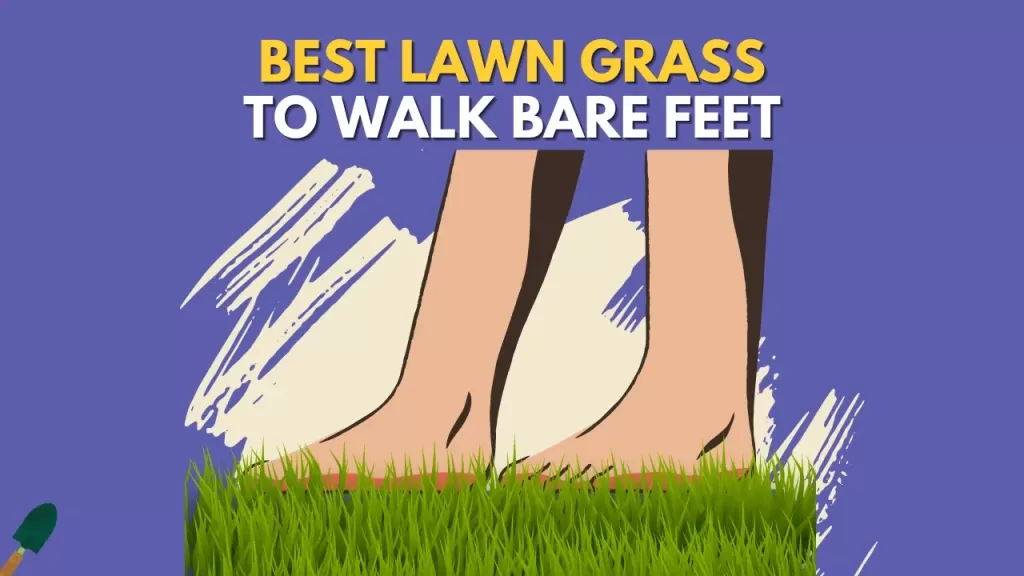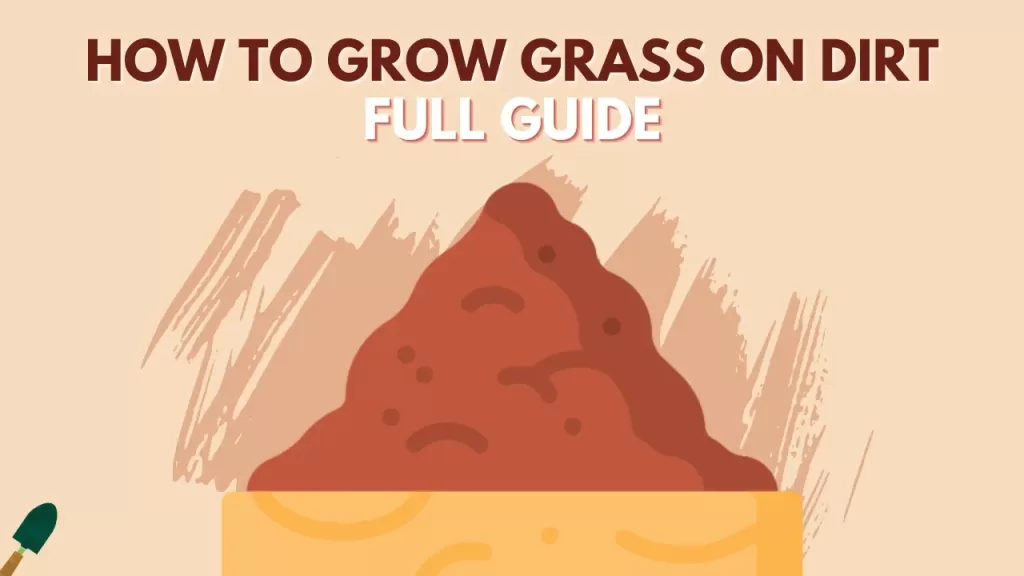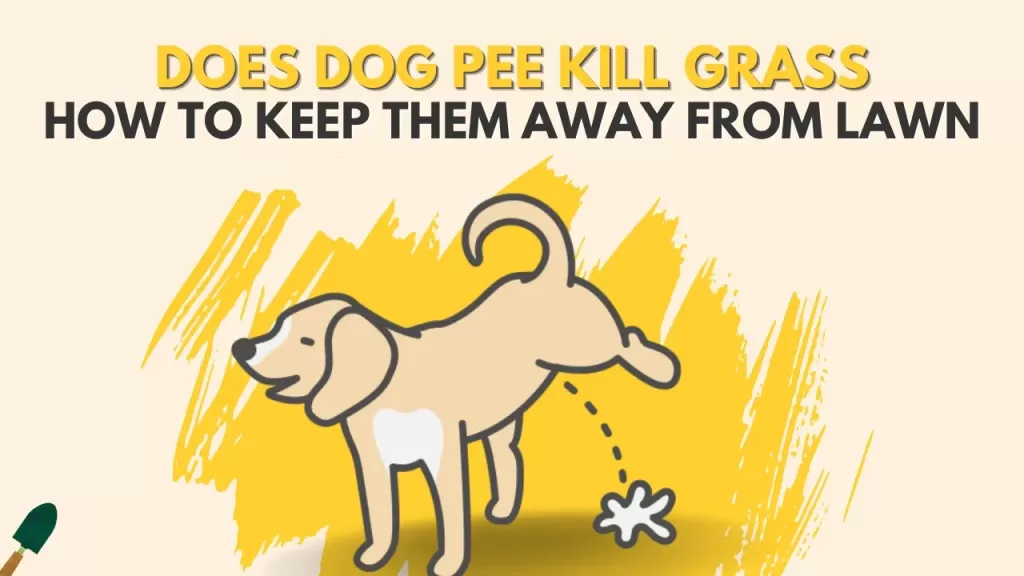Why do we maintain our lawn? What is the main purpose? So that when you wake up fresh in the morning and walk bare feet on your soft grass embracing all the dew water on your feet it seems like a perfect therapy. But wait which grass you can actually sow to reap such awards? You need to be particular about which grass to choose so that it can benefit you as well as your lawn.
So I did some research about the best grass to walk bare for you and will explain it below.
The best grass for bare feet is zoysia grass and hybrid Bermuda grass. These two types of grass are particularly hardy grass that grows well in a wide range of conditions and requires far less watering and mowing than most grasses but at the same time, these grasses create a thick, soft carpet that feels great in bare feet.
I told you about the best grass or grasses, which are softest and best for a stroll, but what factors did I take in before telling you these things and what you should keep in your mind before making a decision about the softest grass for your lawn. Let’s discuss these things in detail.
Factors of choosing the best grass for your feet
Before choosing a soft grass for your lawn, you need to consider some factors like which one is best for your area, how much time you are going to put into maintenance, the water availability in your lawn etc. so let’s discuss it in detail.
| I) SUNLIGHT |
| II) DROUGHT TOLERANCE |
| III) DISEASE RESISTANCE |
| IV) MAINTENANCE |
| V) COST |
I) Sunlight
The first thing a lawn grass needs is sunlight, and you need to check the quantity of sunlight your lawn gets per day. And the best way to find out is to track it for one day in both spring and summer.
- If your lawn gets proper sunlight throughout the day:
Warm-season grasses like centipede grass or Zoysia grass will all thrive on your lawn
- If your lawn gets less than 4 hours of sunlight in summer:
You need to go for cool grasses like fescue grass.
II) Drought tolerance
The ability of grass to survive or thrive during a drought condition during summer. Most grasses lose their basic green color and will go dormant during the drought period but the best grass will maintain its condition and green color during this stressful period.
III) Disease resistance
This is a factor when you are choosing grass for your lawn as some grass is more durable against diseases and insects due to natural fungi growing with them and can prove very helpful for you to maintain. These fungi occurring in the grass can be harmful to grazing animals, so inquire and see if you have one.
IV) Maintenance
There are different kinds of grasses for the lawn, some grass needs a lot of maintenance, and some need barely any attention. So if you love pushing your mower every Sunday then you may choose a grass that can be high maintenance or you may find seeing your lawnmower really painful and maintaining a fertilization schedule. Then you need to choose a grass that is very low maintenance.
V) Cost
Cost can also be a factor for a lot of us before choosing a lawn. The project can cost from a few hundred dollars to thousands of dollars determining factors in your grass type.
What makes the grass soft for walking bare feet?
Grass density and texture is always the biggest factor of soft grass in your lawn if you choose the softest grass for your lawn but it is thinner and has patches then what’s the point?
So if you have soft grass with good density and good health and it can handle heavy foot traffic then it is perfectly soft grass for your lawn. We will discuss these topics in detail below.
Grass density and texture
With so many varieties of grass to choose from, for your lawn, it can sometimes be very difficult to decide which will be the best. The first thing that you can take into consideration for choosing the softest grass is its density.
If your grass is denser then it will be very pleasant to walk bare feet rather than walking on a thin layer of soft grass which won’t be a good experience. If your grass is healthy and dense, then it will feel like you’re walking on a woollen carpet and the feeling will be amazing.
The other good thing about dense grass is that it blocks unwanted weeds from growing in your lawn and helps your lawn look beautiful and clean. Every lawn owner wants his lawn doesn’t have any weeds and this is like an addon with dense grass. But on the other side dense grass will be harder to mow, so you need to be on your mowing schedule or your grass will go out of control. If you find mowing difficult in your lawn due to dense grass then you can use a self-propelled lawnmower.
Healthy grass
The other thing to see for soft grass after density is the health of your grass. The health of the grass will affect the softness of your grass, unhealthy grass will be itchy and painful to walk on. And not only will it be tough to walk but also be unpleasant to see. And the best way to take care of your grass is to fertilize it properly, with regular mowing and good watering.
Tolerance to foot traffic
So now you have found the best grass which is denser and healthy but can’t handle foot traffic, then what’s the point of that grass? So you need to consider the tolerance of foot traffic when choosing the best grass to walk on bare feet.
SOFT GRASSES FOR YOUR LAWN
Whatever you do, some grasses are not soft enough to walk on them. So choosing the best grass which is soft for bare feet is of utmost importance. It is necessary to educate yourself about all the types of grasses and their basic requirements and details before choosing a grass.
Now that we have talked about all the factors you should consider before choosing soft grass for your lawn, let’s talk about the best grass for bare feet:
- Zoysia grass
- Hybrid Bermuda
- Kentucky bluegrass
- Perennial ryegrass
1. Zoysia
When you talk about the softest and best lawn grass, most landscaping enthusiasts will agree that zoysia grass is one of the best and softest grass available today. Zoysia grass is a warm-season grass that has rhizomes and stolons but has good cold tolerance.
Growth rate & texture:
The growth rate of zoysia grass is slow and is quite stiff and tough compared to other grasses. The texture of this grass is medium and the color is medium green color. Zoysia grass can tolerate drought and heat very well because of the deep root system. It is one of the densest grass you would want to put on your lawn and because of that, it blocks weeds to grow in your lawn. It has a low mowing heat as well which will suit for walking bare feet.
Advantages
Zoysia grass is also a low-maintenance grass that doesn’t require frequent watering and mowing, which will take less effort.
2. Hybrid Bermuda
Bermuda grass is the most widely used warm-season grass because of its many uses. It has some similarities with zoysia grass like it also spreads via rhizomes and stolons.
Growth rate & texture:
It is usually a medium texture grass but hybrid bermudagrass has a fine texture. The other thing is it cannot tolerate medium to high cold temperatures and goes dormant in the winter season and as it is a warm-season grass, it can tolerate heat and drought very well. The growth speed of all bermudagrasses is really good, it spreads in your lawn really aggressively.
Advantages:
Bermuda grass also has a low mowing length of between 1 to half inches which is good for walking bare feet.
3. Kentucky bluegrass
Kentucky grass is very popular in cool areas, it has a medium texture with good density. The color of Kentucky grass is green to dark green which makes your lawn look lush and beautiful.
Growth rate & texture:
Another good thing about Kentucky bluegrass is that it grows very fast and also recovers very well from the dormant season, which makes it a low-maintenance grass.
Advantages:
It also has a good root system which makes it tolerant to a fair amount of heat in summer.
4. Perennial ryegrass
This grass is also very similar to Kentucky bluegrass. It can tolerate a fair amount of heat as well as cold.
Growth rate & texture :
It spreads really quickly and establishes itself really well on the lawn. The perennial ryegrass has a medium texture on it and the color goes from medium to dark green which makes it very pleasant to see.
Advantages:
The maintenance of perennial grass is also very low which makes it really desirable for small household lawn owners.
Now that we know all about which grasses may be suitable for your lawn, let’s talk about the why’s. Why do you need to have such grass? What are the benefits?
Benefits of walking barefoot on the grass
In our childhood, we had the habit of roaming around barefooted and we inherited that tendency of walking around bare feet with us in adulthood. And besides that, there are some really really good benefits both emotionally as well as physically from walking on grass barefoot.
The benefits of walking on grass with bare feet are as follows:
- Reduce stress on legs
- Relax your body
- Improves blood circulation in your body
- Improves body posture
- Improves the strength of your ankle and feet
- It improves your body balance
- Reduce stress on your joints
Tip – The steps of maintaining a soft lawn are fertilizing, mowing and watering. Do keep in mind.
Also Amazing benefits right? It can really help you physically, emotionally, and mentally. So the next morning if you feel tired or have a lack of motivation, just step out your door bare feet and let your body inhale the positivity 🙂





